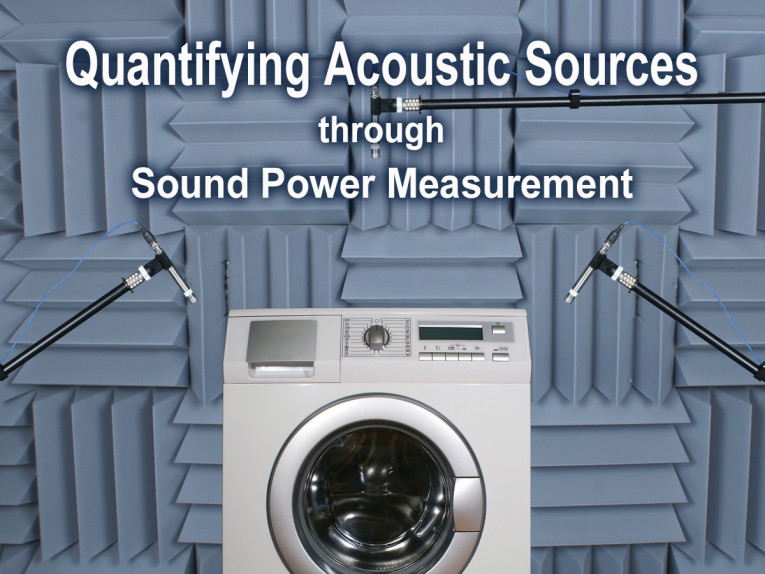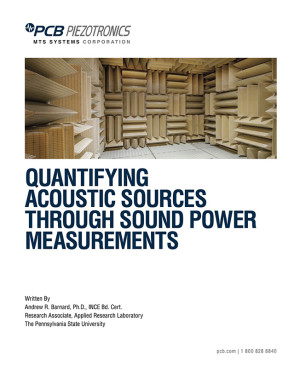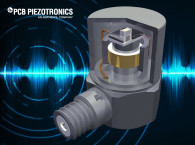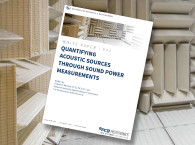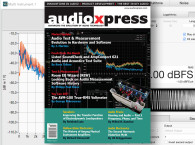With easy access to white goods data, consumers are more educated than ever on making their purchasing decision. Consumers of white goods are becoming more aware of product noise radiation. Commercial advertising and more stringent government and industry standards and codes have contributed to the increased sensitivity of consumers to product noise. Manufacturers of white goods are increasingly being required to report noise radiation metrics of their products for customer comparison. The most important topics for white goods manufacturers are understanding the correct metrics for reporting noise data and using the proper measurement techniques to obtain this data.
To begin you must understand the basic source — path — receiver paradigm for sound propagation. The problem must start with a device that generates sound waves (source). The source is then connected to a receiver through some propagation media (path) which is commonly air, but could be a structure, another fluid, or a complex combination of these media. Finally, the sound wave reaches an object (receiver) where it somehow affects the nature of that object. Usually the receiver is a person, but it could also be a piece of delicate equipment, an animal, or anything else that can be affected by sound waves. In this paper, we will focus on how to characterize the source component of the source-path-receiver paradigm.
The most common and well-known type of measurement in acoustics is the measurement of sound pressure level (SPL, or LP). Although good for measuring sound, path and receiver characteristics, SPL alone cannot fully quantify the acoustic characteristics of a source. That is because the SPL generated by a source changes with distance, orientation, ground conditions, atmospheric conditions, and many other factors. A metric is needed that is a measure of the total amount of acoustic energy being emitted from a source. This metric should be independent of the aforementioned path contributions.
Sound power level, often denoted SWL or LW, is the metric traditionally used for source characterization. Sound power is the total amount of acoustic energy emitted by a source per unit time. This means it is independent of distance from the source. Sound power is measured in standard units of Watts. Sound power level, LW, is a conversion of the absolute sound power, in Watts, to a decibel level by using the base-10 logarithm and a reference sound power of 1 pW, or 10-12 W. Note that a decibel level should always be referenced (i.e. the term “dB re 1 pW” should appear after the sound power level value).

We invite you to download this white paper to learn more. By doing so, you will be kept in the loop for all the announcements and updates from PCB Piezotronics and also receive an invitation to a six-part webinar series presented by Dr. Andrew Barnard. During the series, he will dive deeper into acoustic sound intensity and power measurements including how to select the right microphone for the job to how to set up your testing environment. Download the complete article here >>>


